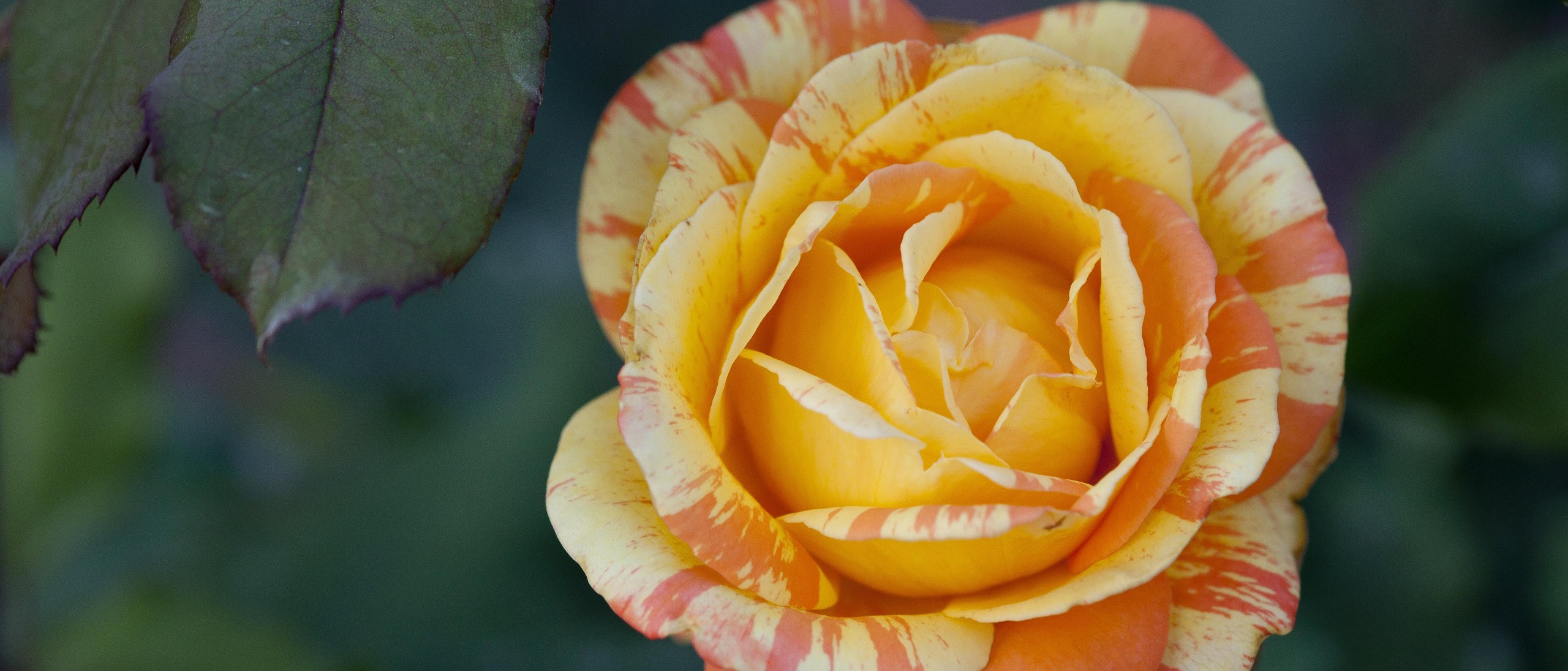
Rose Categories
Fossil evidence found in Colorado in the U.S. suggests that plants in the rose family have existed for at least 35 million years.
Roses can be grouped into one of three categories: Species, Old Garden, and Modern roses.
Species roses, sometimes called “wild roses,” evolved and adapted to survive in unique environments. Most are found in Asia, with fewer numbers in America, Europe, and Africa.
For centuries, plant collectors across the globe cultivated roses with variations in color, flower form, bloom time and bloom frequency. Their early breeding efforts created a group of roses called Old Garden roses. All rose classes known before 1867 fall into this category.
Modern roses are descendants of both Species and Old Garden roses. This term is reserved for classes of roses developed after 1867, the year the rose believed to be the first hybrid tea was introduced.
Today, rose breeders target characteristics stored in the genetic material of existing rose collections when developing new varieties. Disease resistance is one of the most sought-after attributes in modern rose breeding. All of the roses in the Folger Rose Garden were selected with this trait in mind.
